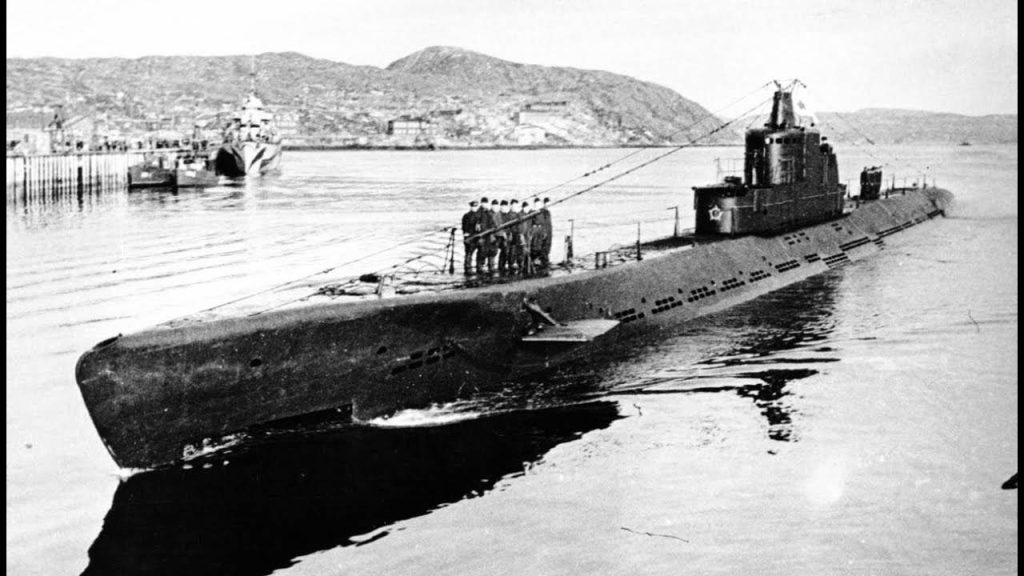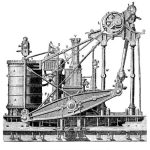Steam vessels were introduced into the Royal Navy in the year 1820, when the ‘Monkey,’ a vessel of 210 tons, was built at Rotherhithe and fitted by Messrs. Boulton & Watt with engines of 80 nominal horse-power. There were two cylinders, about 35 1/2 in. diameter and 3 ft. 6 in. stroke, working at 26 1/2 revolutions per minute, giving a mean piston speed of 185 ft. per minute.
She was followed in 1822 by the ‘Active,’ of 80 nominal horse-power, by the same firm, and in 1823 by the ‘Lightning,’ of 100 horse-power, by Messrs. Maudslay, and some others whose names appeared for the first time in the Official Navy List for March 1828.


These early steam vessels were mainly used for towing and general purposes, and could scarcely be classed as war vessels. Between this date and 1840 seventy other steam vessels were added to the Navy, the majority being fitted with flue boilers and slow-moving side-lever engines worked with steam at a pressure of 4 lbs. per square inch above the atmosphere. The ‘Rhadamanthus,’ (mythological Greek king) one of these ships, was fitted with side-lever engines and flue boilers by Messrs. Maudslay, Sons, & Field in 1832.
The nominal horse-power was 220, but the engines were capable of being worked up to 400 I.H.P., or 1.8 times the nominal power. The load on the safety valves was 4 lbs. per square inch, and the number of revolutions per minute when working at full power 17 1/2, giving a mean piston speed of 175 ft. per minute. The total weight of the machinery was 275 tons, or 13.75 cwts. per I.H.P. developed.
Between 1840 and 1850 tubular boilers were introduced. In these boilers a group of small tubes was substituted for the long winding flue, to convey the heated gases from the furnaces to the chimney. The boilers were thus made lighter and more compact, and the working pressures of steam generally were increased to from 10 to 15 lbs. per square inch above the atmosphere.

